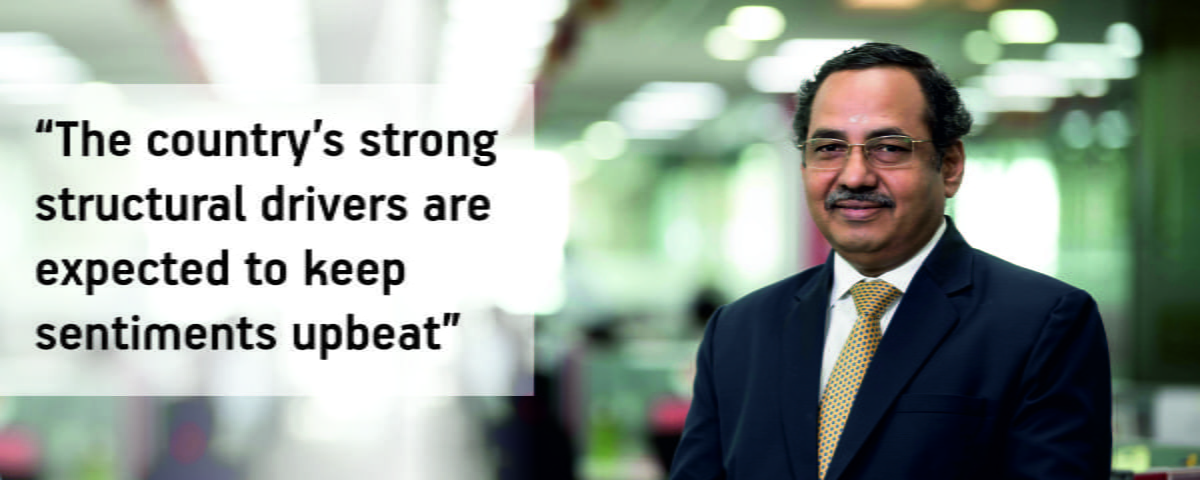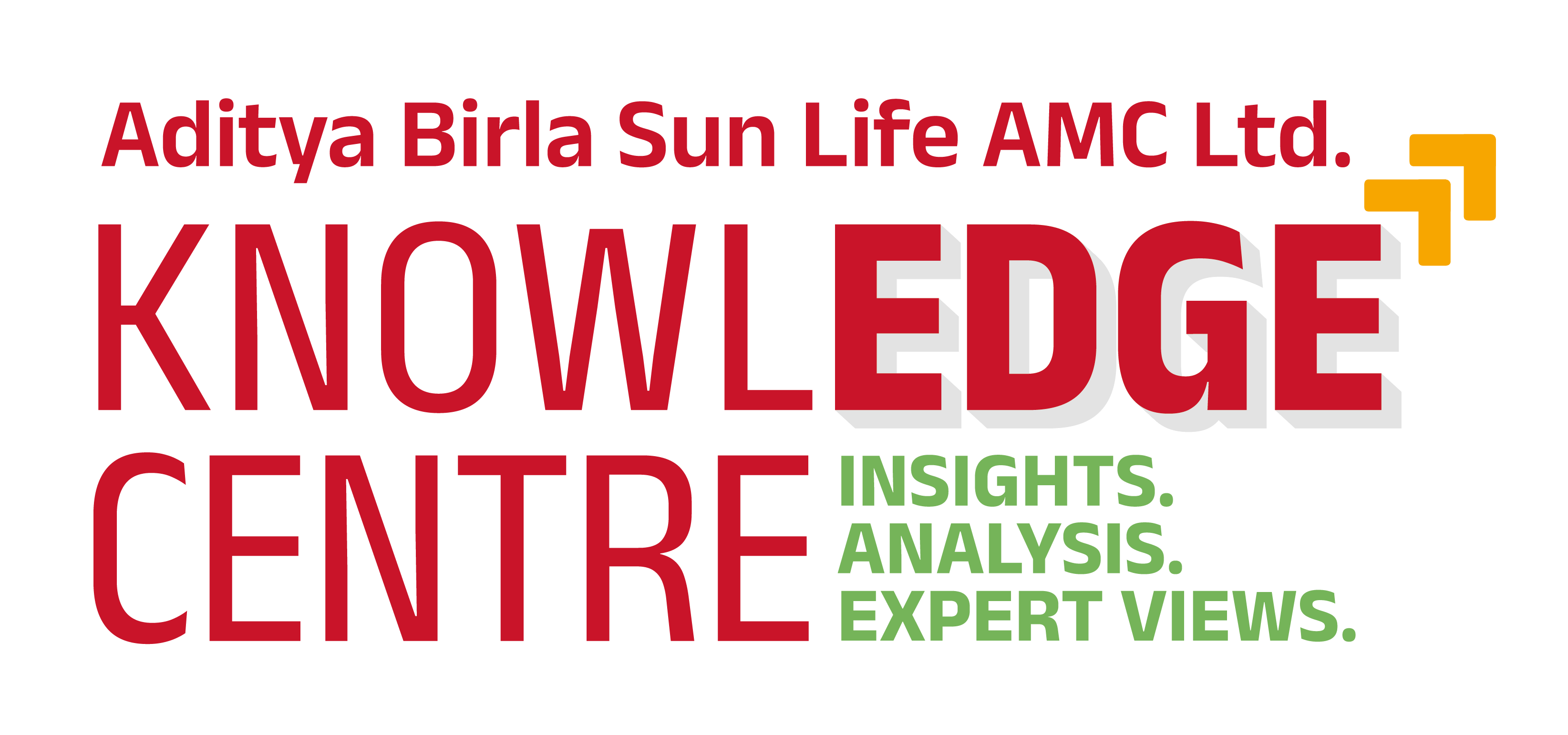-
Our Products
Our FundsFocus Funds
-
Self Care
Self-ServiceFind InformationWays To TransactPartner Solutions
-
Downloads
- Learnings
- About Us
-
More
-
Shareholders
-
Shareholders
-
Updates
-
-
SIP Calculators
- Back
-
Shareholders
Domestic economy structurally strong with sound fundamentals

Oct 17, 2023
5 Mins Read
 A. Balasubramanian
A. Balasubramanian
Listen to Article
India’s resilient march continues on the back of strong domestic demand despite global macro uncertainties with a steady focus on macro stability and sustainable fundamental growth. The country’s strong structural drivers are expected to keep sentiments upbeat and the outlook for India broadly remains positive. In the October 2023 Monetary Policy, while keeping repo rates unchanged, the Reserve Bank of India Governor presented a very positive outlook on India stating that the country is poised to become a new growth engine for the world.
Our economic conditions remain favourable with various high-frequency macro indicators including capex gaining ground and strong GST collections, PMI, better capacity utilisation, credit activity and service exports. Even though last month saw some outflows with FIIs taking a breather driven by increasing uncertainty due to higher yields in the US and a stronger dollar, cumulative inflows remain strong with India being one of the highest recipients among select emerging market economies. International investors are increasingly embracing the idea of India as a favourable alternative compared to China considering our growth visibility and lower susceptibility to geopolitical risks. This augurs well for the long-term outlook of the country and would be beneficial in keeping FII flows sustained.
The inclusion of India in the JP Morgan EM Bond Index represents a significant milestone, further elevating India's global perception and signifying substantial progress for the economy, bond inflows, interest rates and the rupee's strength. Over the past five years, we've witnessed substantial improvements not only in corporate balance sheets but also in the PSU sector, particularly in critical sectors like infrastructure, power, logistics and real estate. These advancements reinforce the commitment to long-term investments, leveraging the opportunities presented by India. They say a rising tide lifts many boats and as various pockets of the economy start performing, my view is that the breadth of our markets will continue to expand. The festive season has started in full swing and on a cheerful note which is poised to drive higher consumption in India and uphold a strong positive sentiment in the market.
Overall, I expect market optimism to continue in the long term, albeit with some interim volatility owing to extraneous factors such as global macros and geopolitical tensions. Indian markets have witnessed a broad-based recovery, with the Nifty 50 hitting the significant 20,000 mark in September this year and even other broader market indices scaling new highs. The markets have transitioned from being predominantly cyclical to a structurally sound platform. One of the key risks for India is higher energy prices which have moved up lately due to supply-side issues. The recent geopolitical tensions could further impact global oil markets, resulting in a surge in prices. Domestic markets may see some volatility in the rupee and bond yields. The domestic economy is structurally strong with sound fundamentals, hence except for interim volatility, there may not be any major impact on India as a result of the recent geopolitical conflict. The country remains on a steady footing, but we need to keep a watch on energy prices.
Investors should focus on asset allocation to navigate through the ebbs and flows of the market. Irrespective of where in the market cycle we are, asset allocation is the ideal way to build a mutual fund portfolio. There are various solutions available to investors to achieve this. Based on your goals, risk appetite and investment tenure, you can consider investing in diversified equity funds along with hybrid funds, such as the balanced advantage category, which provides exposure to both equity and debt. Equity as an asset class is expected to remain range bound, with the broader market expected to remain buoyant ahead of the quarter’s results and the impending festive season sales. Debt as an asset class is a must-have, not just in terms of adding stability to one’s portfolio, but with rates expected to remain ‘higher for longer’ and no near-term visibility of rate cuts, it is prudent to have exposure in this asset class. It also reflects that fixed income investors are poised to get better carry in funds, right from Liquid funds to Medium duration funds.
Sources – Mutual Fund investments are subject to market risks, read all scheme related documents carefully.
Market optimism to continue in the long term
Investors should focus on asset allocation
1. RBI Monetary Policy Report – October 2023
2. Fitch Ratings - JP Morgan Global Bond Index-Emerging Markets (GBI-EM)
You May Also Like
Loading...





 1800-270-7000
1800-270-7000









